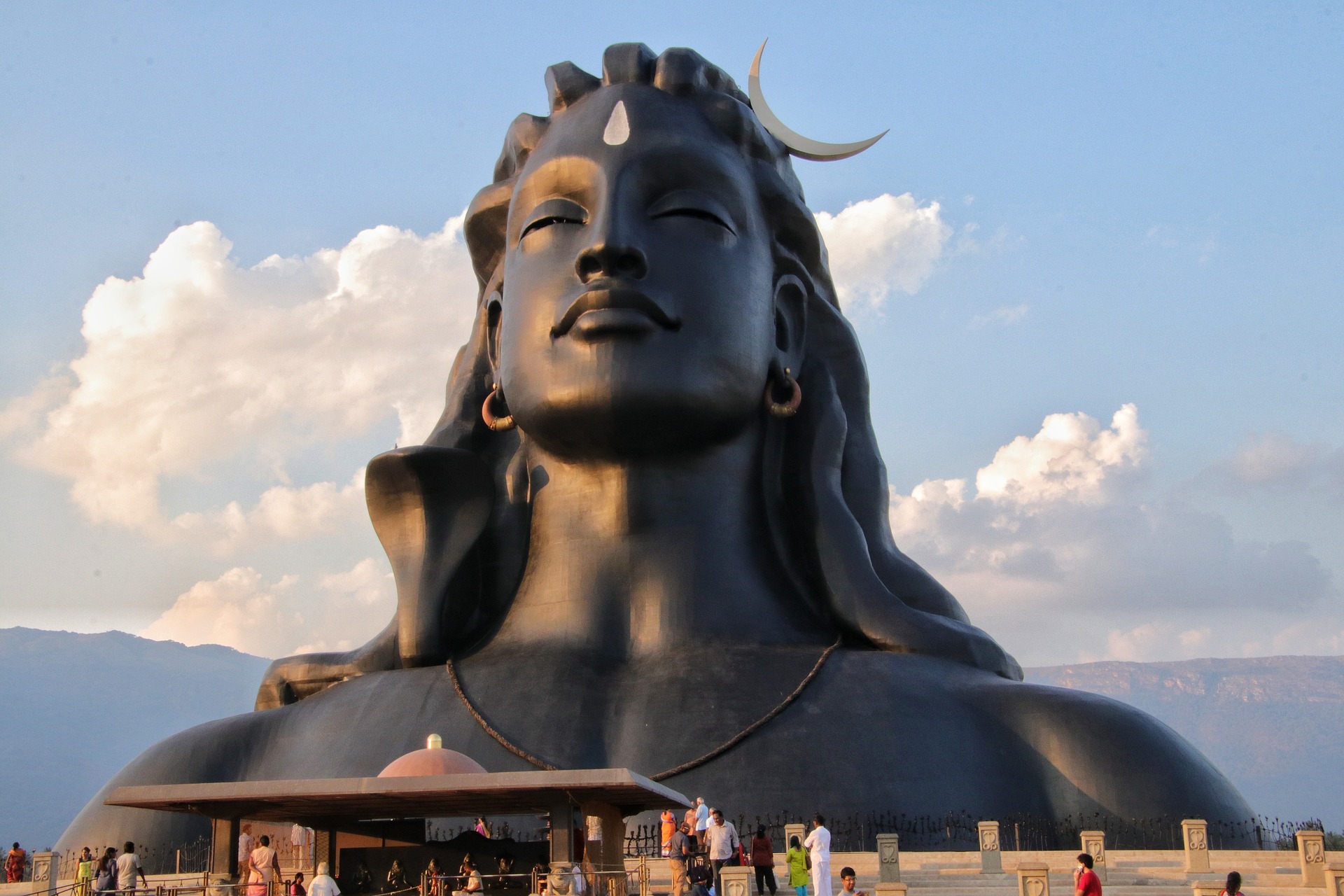By Navya Singh
Commonly known as the “ kite flying” festival, it marks the end of the cold winters and ushers in the spring season.
Each year, on the 14th of January, India welcomes a wave of festive cheer across the country. Somewhere between hues of yellow and the blue sky enlivened with colorful kites, the country celebrates an end and a new beginning with Makar Sankranti– the Harvest Festival. Known by different names all around the country like Lohri in Punjab, Pongal in South India, Uttarayan in Gujarat, and Magh Bihu in Assam, Makar Sankranti observes the thanksgiving to ‘Mother Nature’ for bestowing health, wealth, and happiness.
What is Makar Sankranti and why is it celebrated?
Makar Sankranti marks the day the sun transits into Makar Rashi or Capricorn zodiac. It is considered one of the most auspicious days of the Hindu calendar. It marks the beginning of the month of Magh. To recompense for the distinction that happens due to the revolution around the sun, every 80 years the day of Sankranti is deferred by one day. From the day of Makar Sankranti, the sun begins its northward journey or Uttarayan journey. Therefore, this festival is also known as Uttarayan. On this day, farmers across the country wish for a good harvest.
Traditional connotation of 14th January
According to Hindu scriptures, on the day of Makar Sankranti, Lord Vishnu defeated the terror wreaked by demons by severing their heads and burying them under a mountain, symbolizing the end of negativities whilst giving way to righteousness and good intentions to live well and prosper. Therefore, this day is very conducive for Sadhana- the spiritual practice or meditation as the environment is full of ‘Chaitanya’ meaning ‘cosmic intelligence’.
The first-light ritual
Our ancient scriptures suggest that one should wake up close to sunrise and take holy dip as a means to start the day on a positive and propitious note. It is further recommended to add a small amount of Til or Sesame Seeds in the bathing water followed by prayers to the Surya dev chanting the Gayatri Mantra and Argya- offering water to the Sun.
Spiritual significance: On Makar Sankranti from sunrise to sunset, the environment is full of chaitanya or divine consciousness. Thus a seeker doing sadhana (spiritual practice) can derive the maximum benefit of the increased chaitanya. Due to the chaitanya, tej tattva (absolute fire principle) also increases in seekers. Hence it is very conducive for sadhana.
The festivities of the kite festival- What do we do on Makar Sankranti?
Food- Freshly harvested food grains are first offered to the Gods and then later consumed as ‘prashad’ on this day. Ayurveda suggests eating Khichdi since it is a light and easily digestible dish. It prompts the body to prepare for the change in season, from the cold winter breeze to the forthcoming warmth of Spring. As the temperature fluctuates from dry cool to surprisingly lukewarm, the body consequently becomes susceptible to imbalances. Khichdi thus makes for the perfect dish to quench the appetite whilst providing the body with essential nutrition. Besides it favors health, as it is cooked in a single pot uniting all the ingredients including freshly harvested rice, lentils, seasonal vegetables, and spices, together, it symbolizes unity among hindus. It signifies the process of life and regeneration, which further indicates the beginning of the new harvest year.
Ayurveda also backs the intake of Sesame Seeds and Jaggery on this divine day. Sankranti and Til (Sesame) are synonymous with each other as the festival is also commonly known as ‘Til Sankranti’. In Maharashtra people celebrate Sankranti by offering ‘Til-gud’ to each other by saying- “Til-gud ghya aani gode gode bola” which means “have this til-gud and say kind words”. Sesame seeds are believed to have the ability to absorb negativity and improve the ‘Sattva’ – purity, goodness, and harmony, which in turn facilitate spiritual practice.
Kite flying- One of the most common attractions of Poush Sankranti especially in the region Gujarat is kite flying. The sound of ‘Kai Po Che’ against the lip-smacking sweets laid out on the terrace is almost an involuntary visual that comes to mind when thinking of Makar Sankranti. It is also believed that the kite flying ritual came into play as a practice of good health. The idea was to expose oneself to the first light of the early morning forthcoming Summer sun and douse in the goodness of Vitamin D.
On this auspicious occasion take a moment to ponder over the past, wash off the negativity and pave the way for a new light to enter your life. Here’s wishing everyone a very happy Makar Sankranti!





